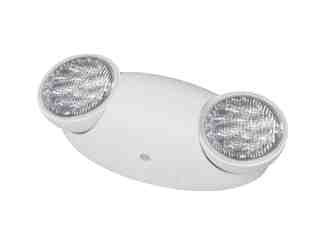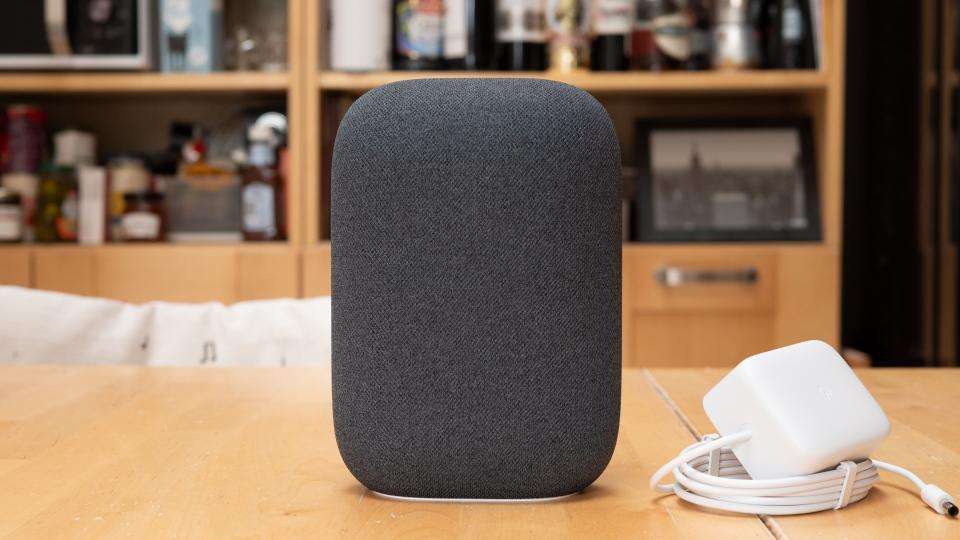700.16 Emergency Illumination.
Code Change Summary: The language on emergency illumination has been revised and turned into a list for easier use.

In 1956, the NEC first required emergency illumination to be “designed and installed that the failure of any individual lighting element, such as the burning out of a light bulb, cannot leave any space in total darkness”. Over time, that language evolved into “emergency lighting systems shall be designed and installed so that the failure of any individual lighting element, such as the burning out of a lamp, cannot leave in total darkness any space that requires emergency illumination”.
From the 1956 code language, its clear that the original idea was to address the short life of a common incandescent light bulb. Newer technology has brought fluorescent emergency luminaires with ballasts and LED luminaires powered by drivers into the spotlight and with it come many questions for the designer, installer and inspector:
What is an “individual lighting element”?
Is an LED driver a lighting element?
Is a ballast a lighting element?
If the failure of “any individual lighting element” shall not leave an area in darkness, then does each LED emergency luminaire require two drivers?
Is an emergency luminaire with one driver supplying two arrays of 16 LED lamps each code compliant or are two fixtures required to serve the area requiring emergency illumination?
Are the many LED lamps on an array of lamps tied to the others in series? If a single LED lamp in an array fails will the others in the same string still work?
Is an emergency luminaire with one ballast supplying two fluorescent lamps code compliant or are two light fixtures required to serve the area requiring emergency illumination?
In the 2020 NEC, the revised language is a step closer but still doesn’t answer all of the questions. Now, the phrase “individual lighting element” has been replaced with “illumination source” and the example of “such as the burning out of a lamp” has been removed so as not to narrow down the possibilities of what an “illumination source” may apply to.
It is likely that this code section will see further revisions in the 2023 NEC.
Below is a preview of the NEC. See the actual NEC text at NFPA.ORG for the complete code section. Once there, click on their link to free access to the 2020 NEC edition of NFPA 70.
2017 Code Language: 700.16 Emergency Illumination. Emergency illumination shall include means of egress lighting, illuminated exit signs, and all other luminaires specified as necessary to provide required illumination. Emergency lighting systems shall be designed and installed so that the failure of any individual lighting element, such as the burning out of a lamp, cannot leave in total darkness any space that requires emergency illumination. Where high-intensity discharge lighting such as high- and low-pressure sodium, mercury vapor, and metal halide is used as the sole source of normal illumination, the emergency lighting system shall be required to operate until normal illumination has been restored. Where an emergency system is installed, emergency illumination shall be provided in the area of the disconnecting means required by 225.31 and 230.70, as applicable, where the disconnecting means are installed indoors.
Emergency Light Fixtures
With the addition of a backup battery and charging circuit, everyday lighting can function as an emergency light fixture. The Exit Light Company offers a variety of light fixtures - standard lighting fixtures, emergency fixtures (which operate only when power is interrupted), and emergency light fixtures (which operate normally as every day lighting, but function as emergency lighting during power outages). These light fixtures are both decorative and functional and provide an cost effective all-in-one option for providing emergency lighting. Light fixtures with emergency backup capabilities and emergency only fixtures operate and provide illumination for 90 minutes in the event of a power failure.
A wide range of emergency lighting fixtures are available, from battery back-up night lights and flashlights to wall and vanity lighting and flood lights and ceiling lights.
Modern Emergency Lighting fixtures. Low profile, Led, Code Compliant
What is Emergency Lighting?

By definition, emergency lighting is a battery-operated light that is programmed to come on any time the power fails in a large building. Most building codes require that these lights be installed in all new commercial and residential buildings, as well as schools, dormitories, and other spaces with large occupancy. Older buildings are also installing these systems since they are critically important for helping people escape from buildings safely.
Modern Emergency Lighting describes the type of lighting that is used in all high occupancy commercial, industrial or residential building. Every emergency lighting unit has reflectors that direct the focus of the light and intensify it. The actual source of the light can come from some type of incandescent light bulb, or from light emitting diode (LED) clusters. The design of emergency lighting fixtures may place the reflectors behind the fixture, or the fixture may have a plastic covering over the lighting source. Individual emergency lighting units are typically designed so that the light can rotate, making it possible to redirect the light to any place where the light is needed most.
UL Listed
Code Compliant
Recessed Or Surface Mount
Black or White Color


![31 Best IPTV Services for FireStick, Android TV, PC [Dec 2021]](https://www.lampsofbible.com/storage/upload/Images/_1639646173_nXrO23JGnM.jpg)





